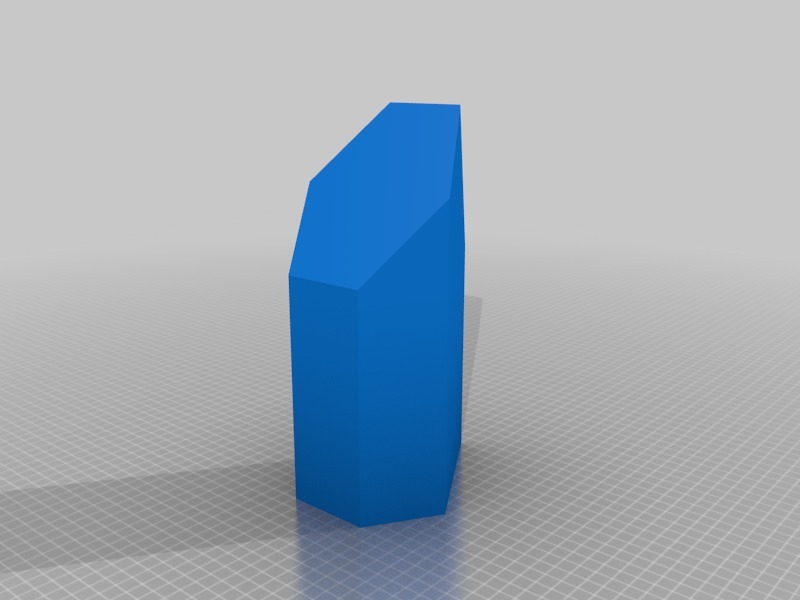
Scutoid
thingiverse
The Scutoid Makes Waves as a Novel Shape Emerges in Epithelial Structure Breaking news in the scientific community, a revolutionary new shape has been discovered in the intricate structure of epithelia, sending shockwaves throughout the research world. Check out the fascinating article in Nature: https://www.nature.com/articles/s41467-018-05376-1 For years, cells were thought to be prisms or frustrums, with identical upper and lower faces featuring the same number of edges. However, this new shape defies convention by boasting different numbers of edges - a staggering 5 on one face and 6 on the other - bridged by a triangular face that cleverly inserts itself between these two faces. Ed Pegg, renowned math expert, has successfully derived a planar version of the scutoid. I've taken his work to the next level by reorienting it and elongating it vertically to give it an appearance reminiscent of the shapes described in the paper. The openscad code is available for your perusal, but don't be satisfied with that - instead, generate your own unique version using my polyhedral index, where you can select from a variety of alternative forms. Head over to http://kitwallace.co.uk/3d/solid-index.xq?mode=solid&id=scutoid-O to get started. The scutoid in question boasts non-planar surfaces - and that's exactly what happens when the last vertex, the mid-layer apex of the triangular face, is moved. This subtle shift forces the adjacent faces to twist and lose their flatness, resulting in a truly one-of-a-kind shape. Of course, the ultimate goal would be to generate random scutoids - but for now, that's a project left for another day.
With this file you will be able to print Scutoid with your 3D printer. Click on the button and save the file on your computer to work, edit or customize your design. You can also find more 3D designs for printers on Scutoid.
